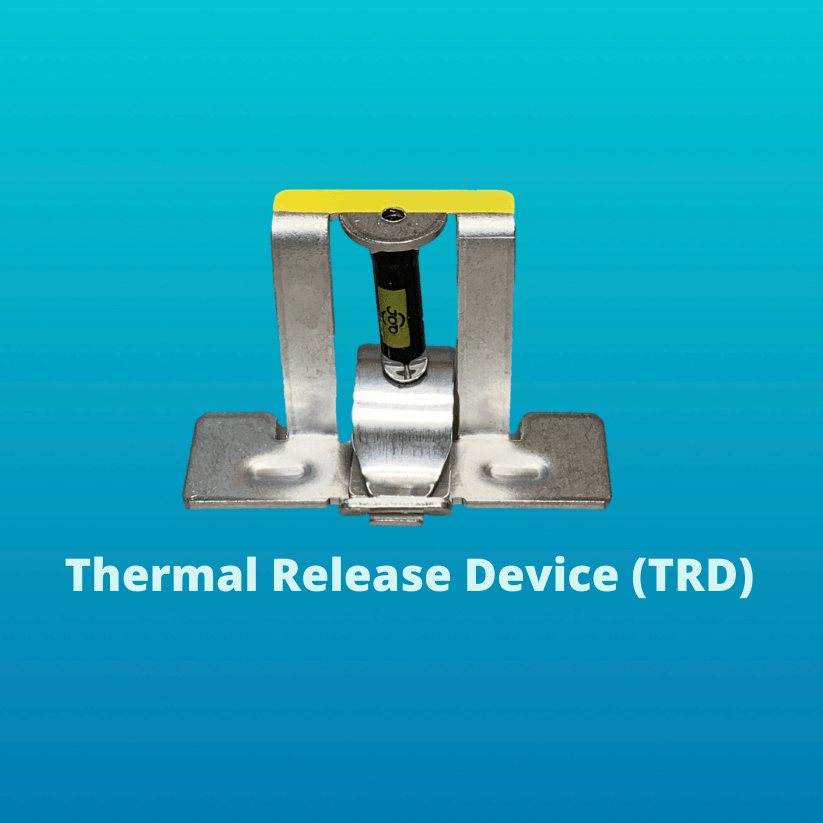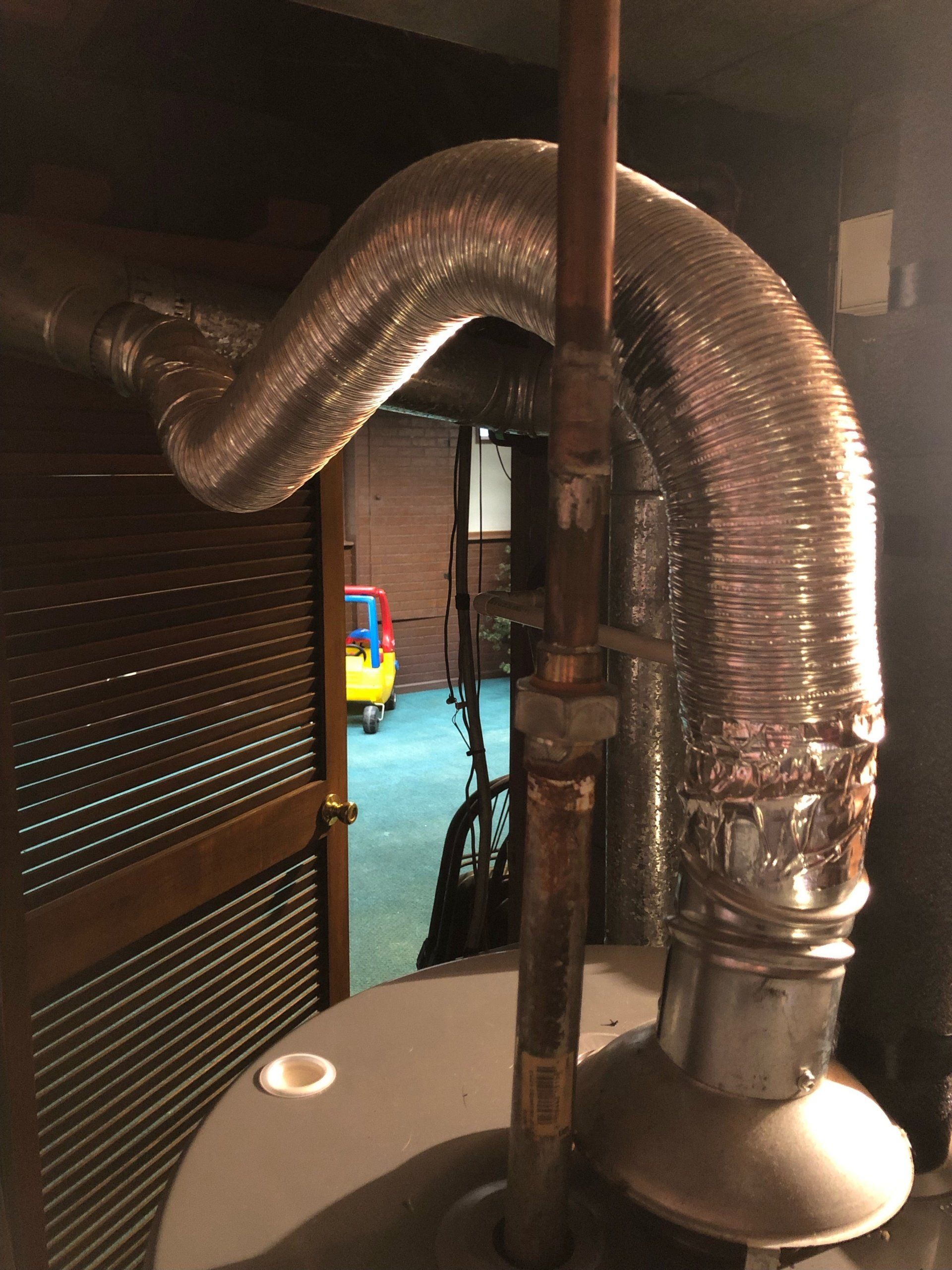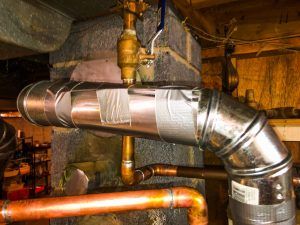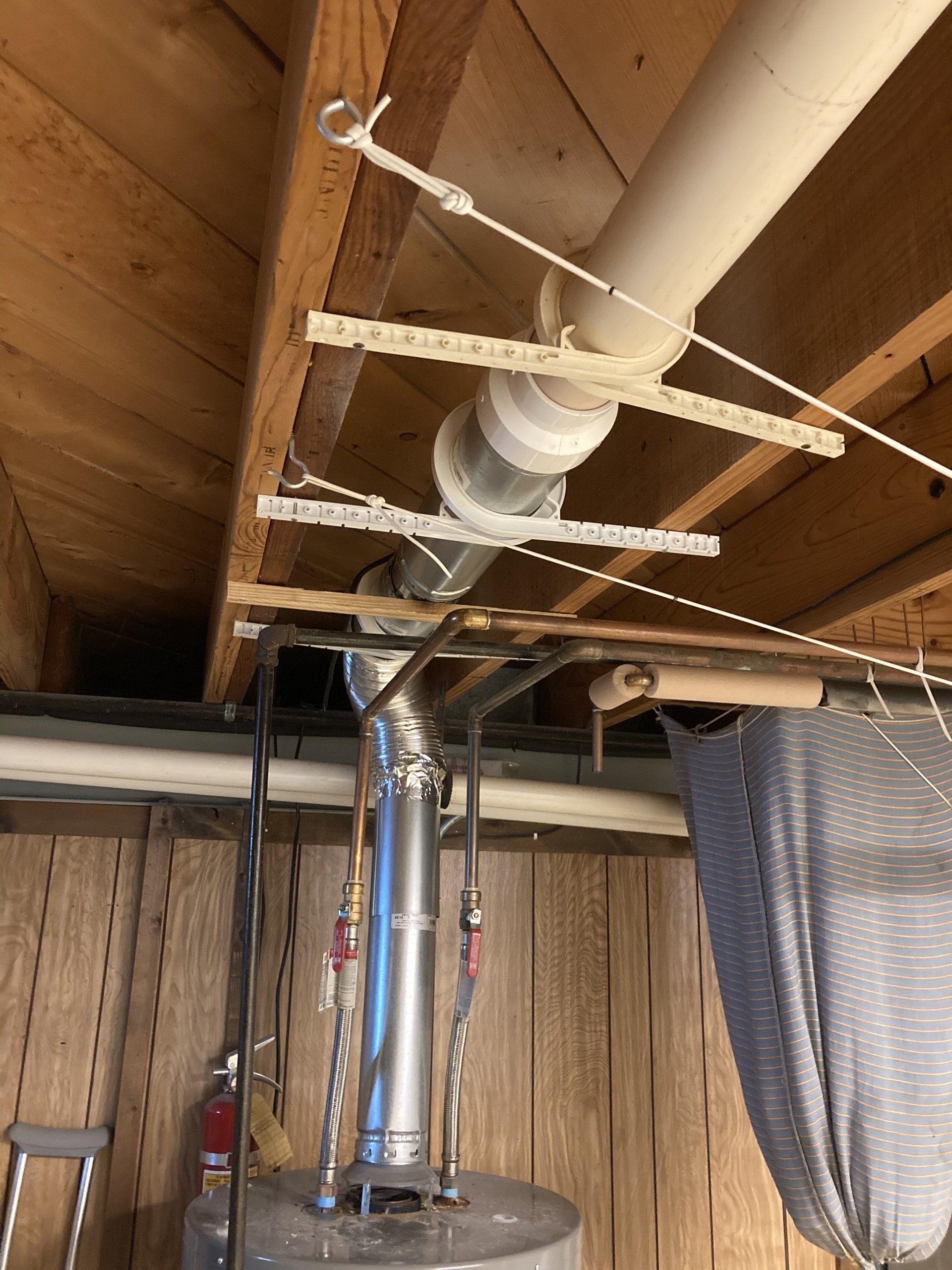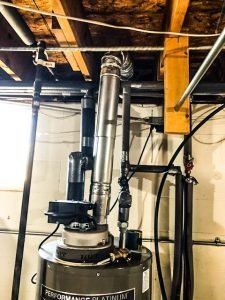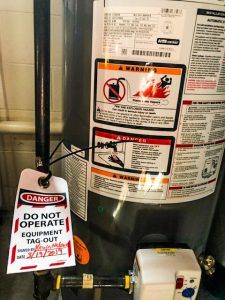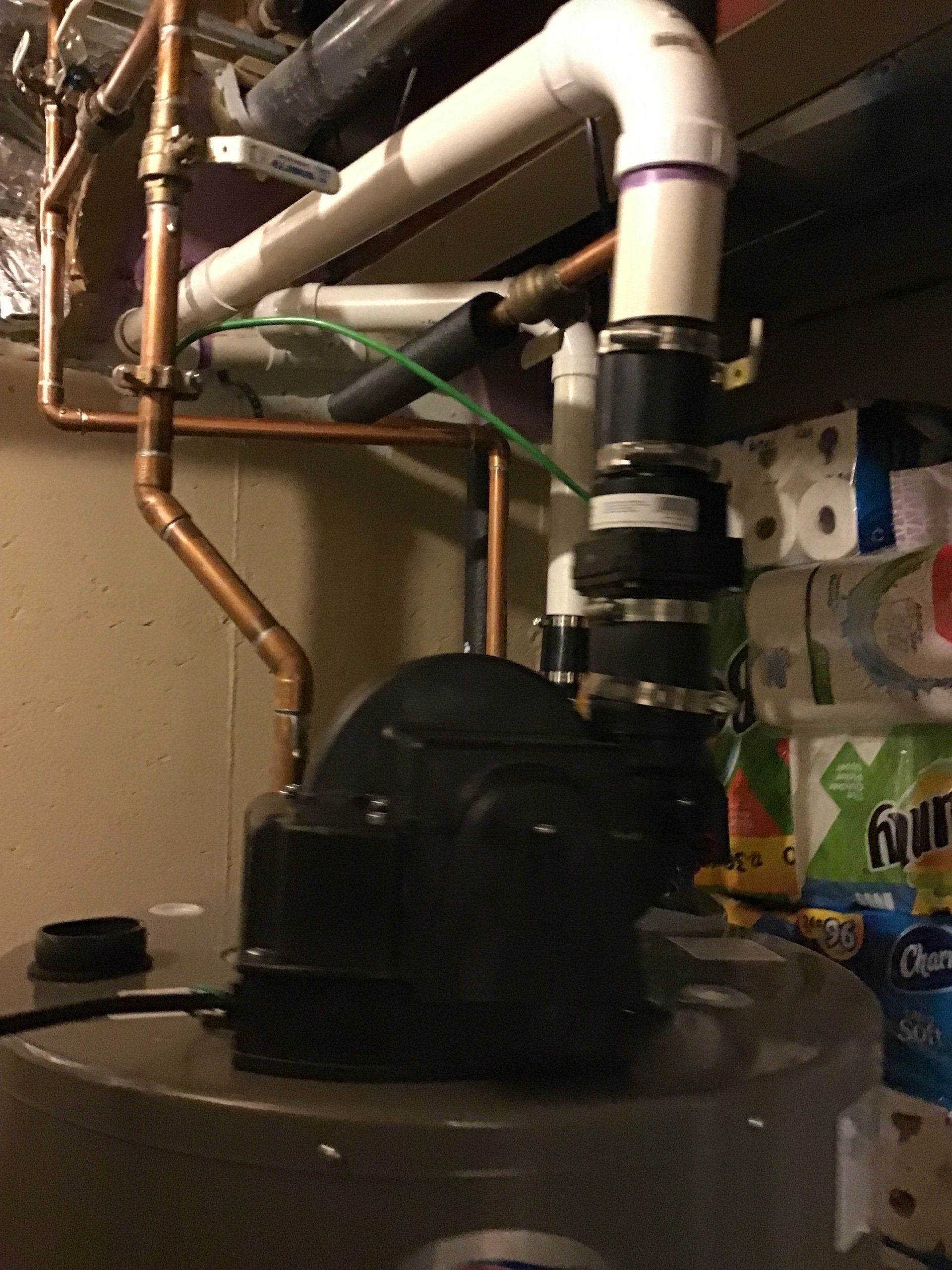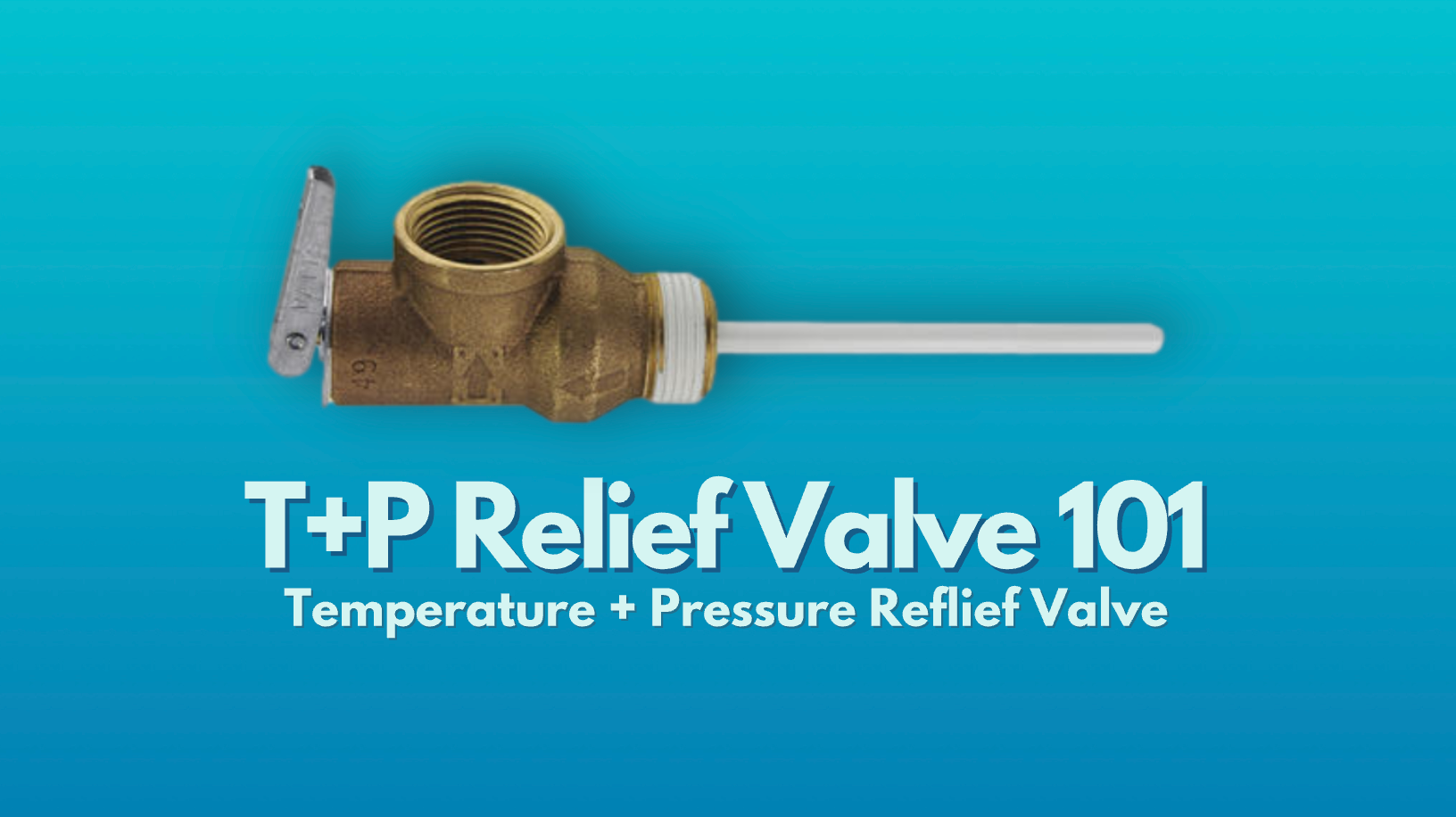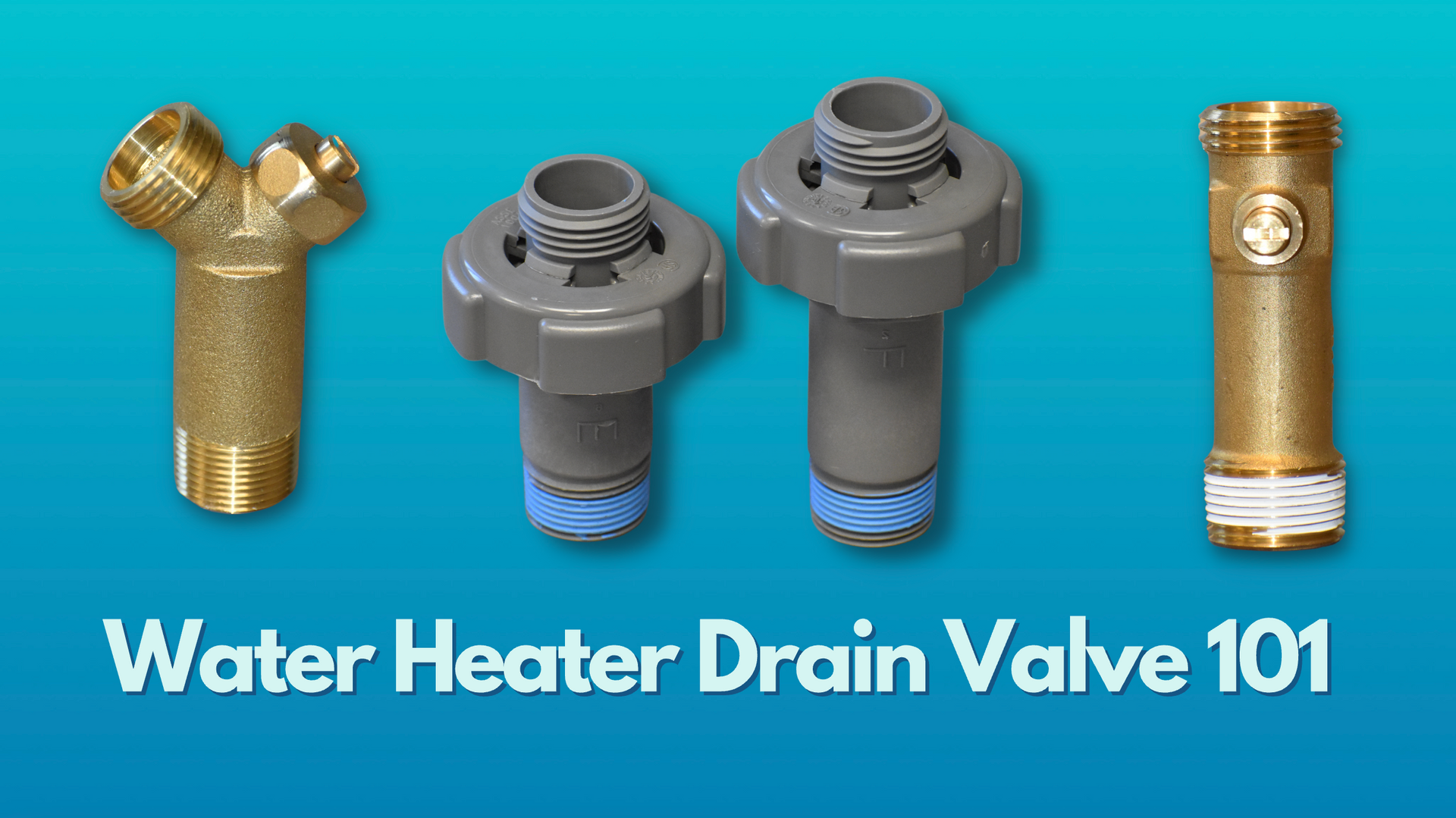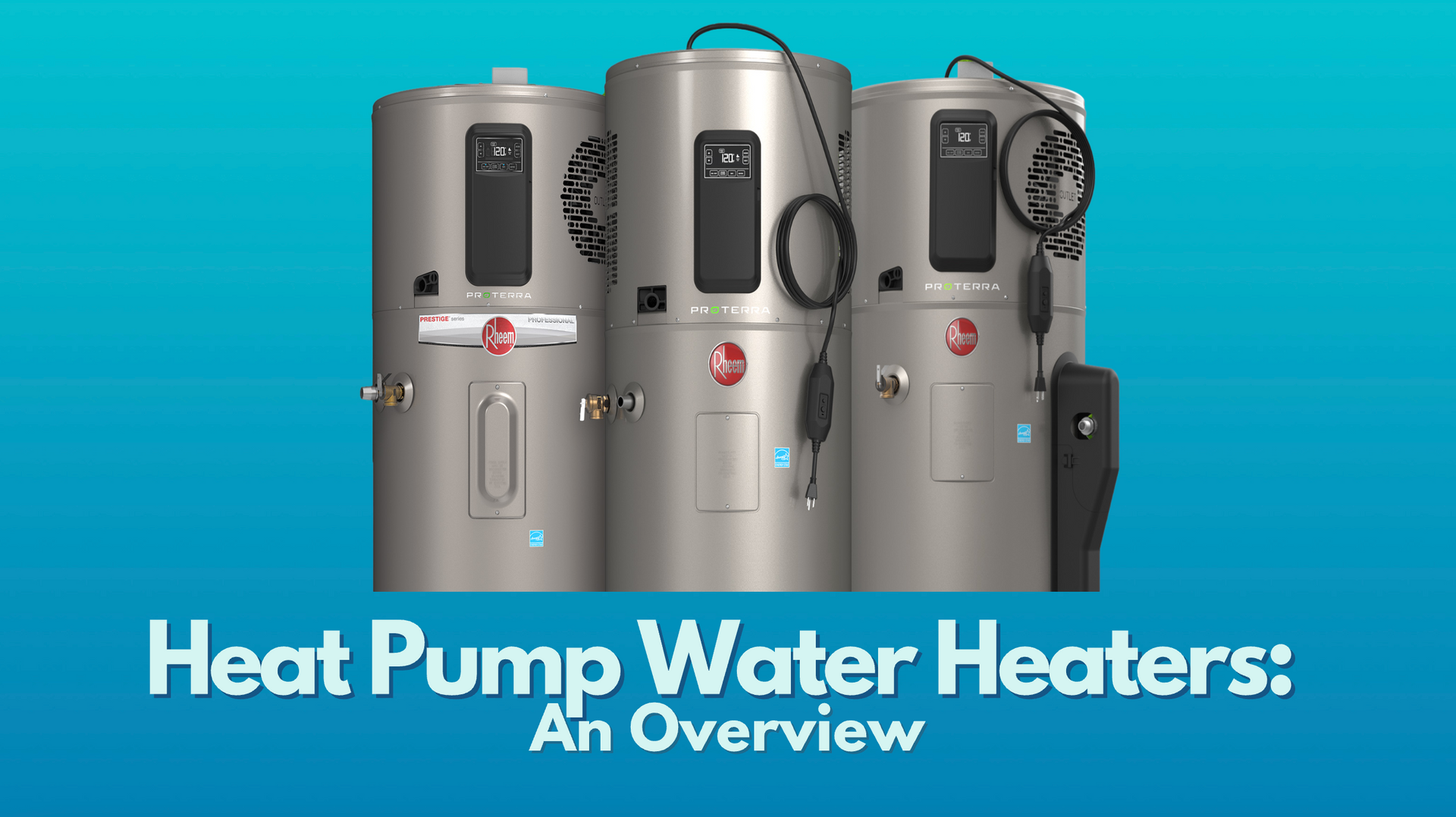Venting 101 | Water Heater Venting Fails: Common Install Issues - Part II
Article Last Updated: July 1, 2022
Water Heater Venting Issues Are More Common Than You Think
Since this article's original publishing in 2019, our technicians have encountered thousands of improperly vented units, in over 10 different states. As a result, we decided to turn this negative into a positive by taking the opportunity to create resources on venting systems that make understanding water heater industry jargon easy!
What is water heater venting and what does it do?
All natural gas and propane water heaters require a venting system to properly disperse of the moisture, carbon monoxide, and other gases produced when the unit is burning the gas. There are multiple types of venting, but they all work to remove the byproducts of heated natural gas and propane heaters. The venting is located at the top of the unit and depending on the exact type of unit, you will see PVC or galvanized steel leading out from the top of the tank. The type of material used for the unit reflects the type of unit. PVC venting systems are typically seen on Power Vent Water Heaters and Tankless Water Heaters. The galvanized venting is denoted by the red arrow in the image on the right.
How do I know if my venting is installed properly?
The two best ways to self-diagnose an issue with venting are to examine your unit’s venting and to read the instruction manual. As one of our technicians advises: “Always read the manual for installation instructions. All water heaters are different.” When a technician or a plumber installs your unit, they should physically hand you the unit’s manual or leave it on top of the unit. In the event that you have lost your installation manual, many are available online at sites like this one; however, if you have an older unit, it may be more difficult to find. Physically examining your unit’s venting system may reveal major installation issues, like the ones shown below. In the event that your unit’s venting is a mixture of duct tape and galvanized steel or overheated PVC, you should have a technician further assess and fix the system.
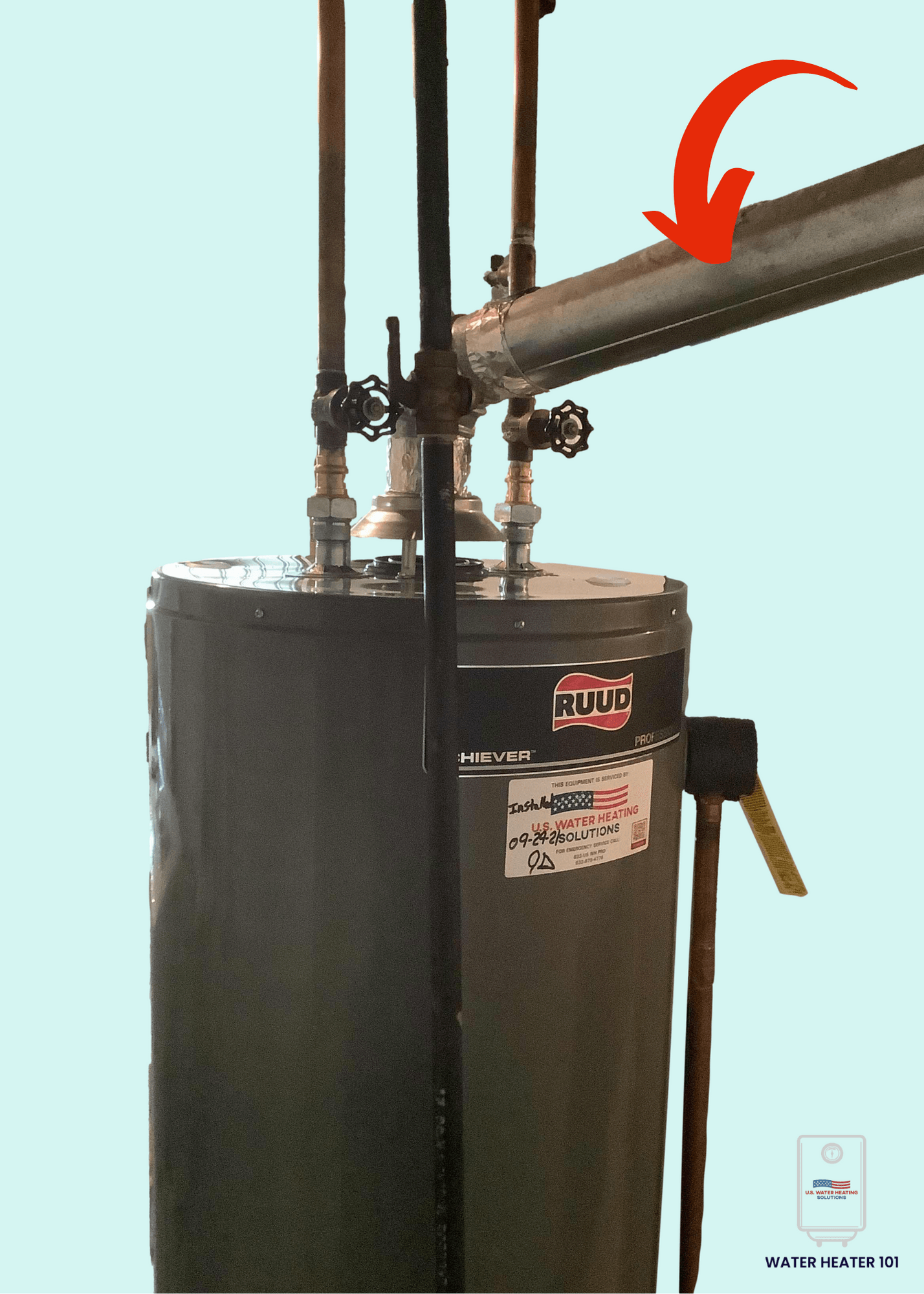
What happens if my venting is not properly installed?
Venting issues are one of the most common installation issues. Our technician, Kevin, also wanted to remind home and business owners:
“just because the old [venting] worked doesn’t mean that the new one is exactly the same.” Sometimes installers think they can save money by reusing the existing venting systems (see below), however, doing so can
void the manufacturer’s warranty! The full details of your warranty information can be found in your installation manual, along with any other paperwork from your initial purchase. You can also find a
comprehensive mini guide to warranty claims here.
Additionally, improper venting can cause your water heater to backfire or overheat. In the event that a Rheem water heater overheats, the unit’s
TRD (Thermal Release Device)
will be triggered. The purpose of the TRD is to ensure that the temperature inside the combustion chamber does not exceed the safe limit. In the event that your TRD is triggered, the glass device will overheat and break, causing the gas valve to shut down and preventing your unit from firing. Per Rheem’s quality control system, each unit is ONLY permitted THREE TRDs in its lifetime. Roughly 90% of the time a Rheem unit overheats, it is the result of improper venting, which has prevented the heated gases from leaving the unit.
What happens to our customers?
Here's the typical story: our company receives a warranty service call to install a part that has been shipped to the customer by Rheem. Upon arriving on site, the only information we have is the customer's contact information, their unit's model and serial number, and the part number that they will be installing. Often times, technicians arrives on site only to discover that the unit was not vented properly. In these instances, our technician are required to tag-out the unit (place a “do not operate” tag on the unit which is signed and dated by the technician) for safety purposes. Then, they communicate with the manufacturer's Technical Support and the customer to move forward with repairs.




